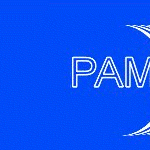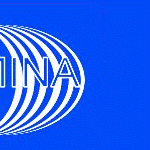|
|
|
 |
 |
 |
 |
|
 |
The Main Objective of IP PAMINA
|
is to improve and harmonise integrated performance assessment (PA) methodologies and tools for various disposal concepts of long-lived radioactive waste and spent nuclear fuel in different deep geological environments. The IP PAMINA aims at providing a sound methodological and scientific basis for demonstrating the safety of deep geological disposal of such wastes, that will be of value to all national radioactive waste management programmes, regardless of waste type, repository design, and stage, that has been reached in PA and safety case development.
PAMINA is coordinated by GRS from Germany.
The project is organised into four components oriented towards research and technological development and one component oriented towards training and transfer of knowledge:
|
|
|
|
|
|
A comprehensive overview of PA methodologies, tools and experiences will help to develop a common understanding which includes terminology, accounted features and processes as well as codes and models used. From this methodological advancements will be investigated, evaluated or developed, including a framework for treating and managing uncertainty during PA and safety case development, various aspects of scenario developments for different host rocks, improvements of methods and tools regarding process understanding and conceptualization, the use of indicators for assessing the repository system or subsystems at various timescales, and the needs for implementing more sophisticated modelling approaches in PA. A handbook describing the state of the art of safety assessment methods will be prepared which includes the experiences of organisations directly involved in preparing safety assessments as well as of regulators and other organisations using such results.
The consortium consists of 26 members from all major radioactive waste producing countries in the EU and Switzerland. From their different roles within their national programmes these members bring in complementary viewpoints and experiences into the project which allows exploitation of the project results by both national waste management organisations and regulators alike.
|
|

